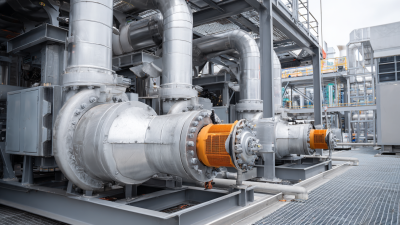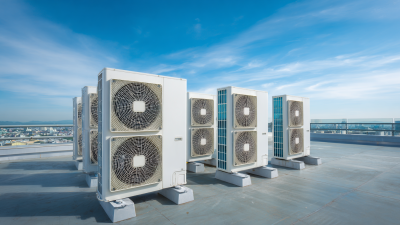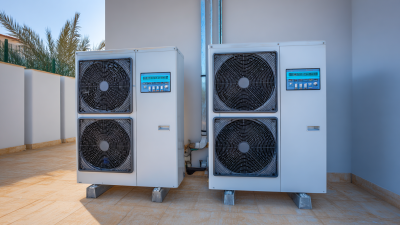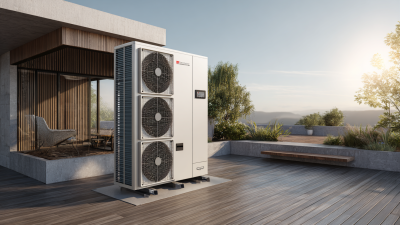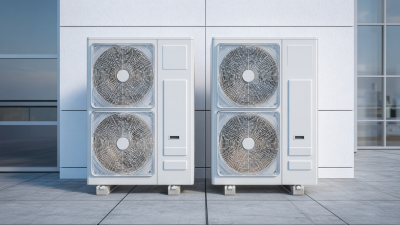Leave Your Message
In the quest for energy efficiency and sustainable living, Inverter Heat Pumps have emerged as a game changer in modern heating and cooling solutions. These innovative systems not only optimize energy consumption but also provide superior climate control, making them an ideal choice for homeowners and businesses alike. However, to fully harness the benefits of an Inverter Heat Pump, it's essential to implement best practices that enhance their performance and longevity. In this blog, we will explore seven essential tips that will help you maximize efficiency and ensure your Inverter Heat Pump operates at peak levels. Whether you're considering an upgrade or looking to improve your current system, these insights will guide you in achieving optimal energy savings and a comfortable environment throughout the year.
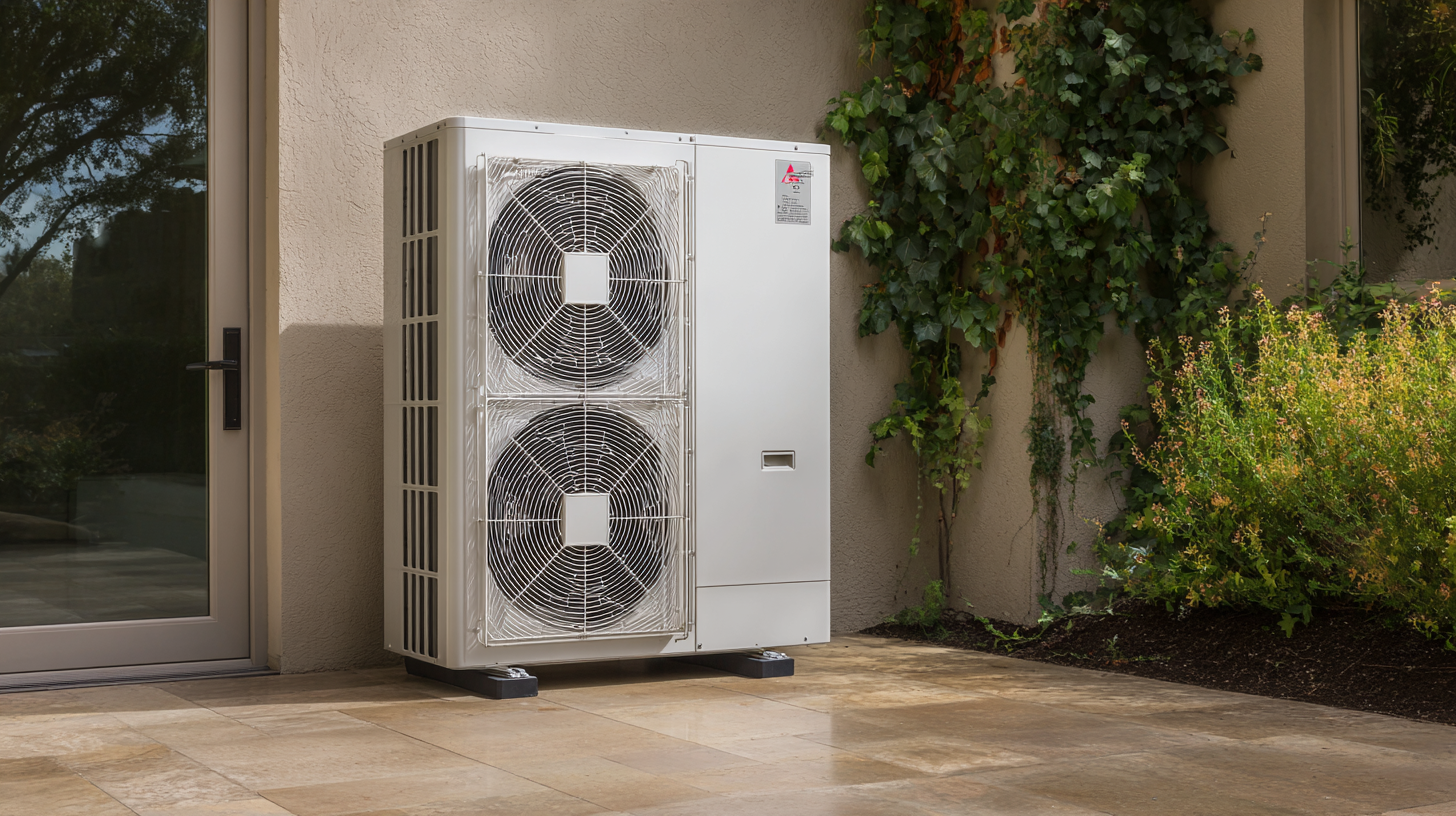
Inverter heat pumps have garnered significant attention in recent years due to their efficiency and versatility in both heating and cooling applications. Unlike traditional heat pumps, inverter models utilize variable-speed compressors that adjust their output based on the specific heat demand. This adaptive approach not only enhances energy efficiency but also reduces electricity costs—often by as much as 30-50% according to industry reports. This efficiency stems from the ability of inverter heat pumps to maintain consistent indoor temperatures, minimizing the energy waste associated with frequent on-off cycling.
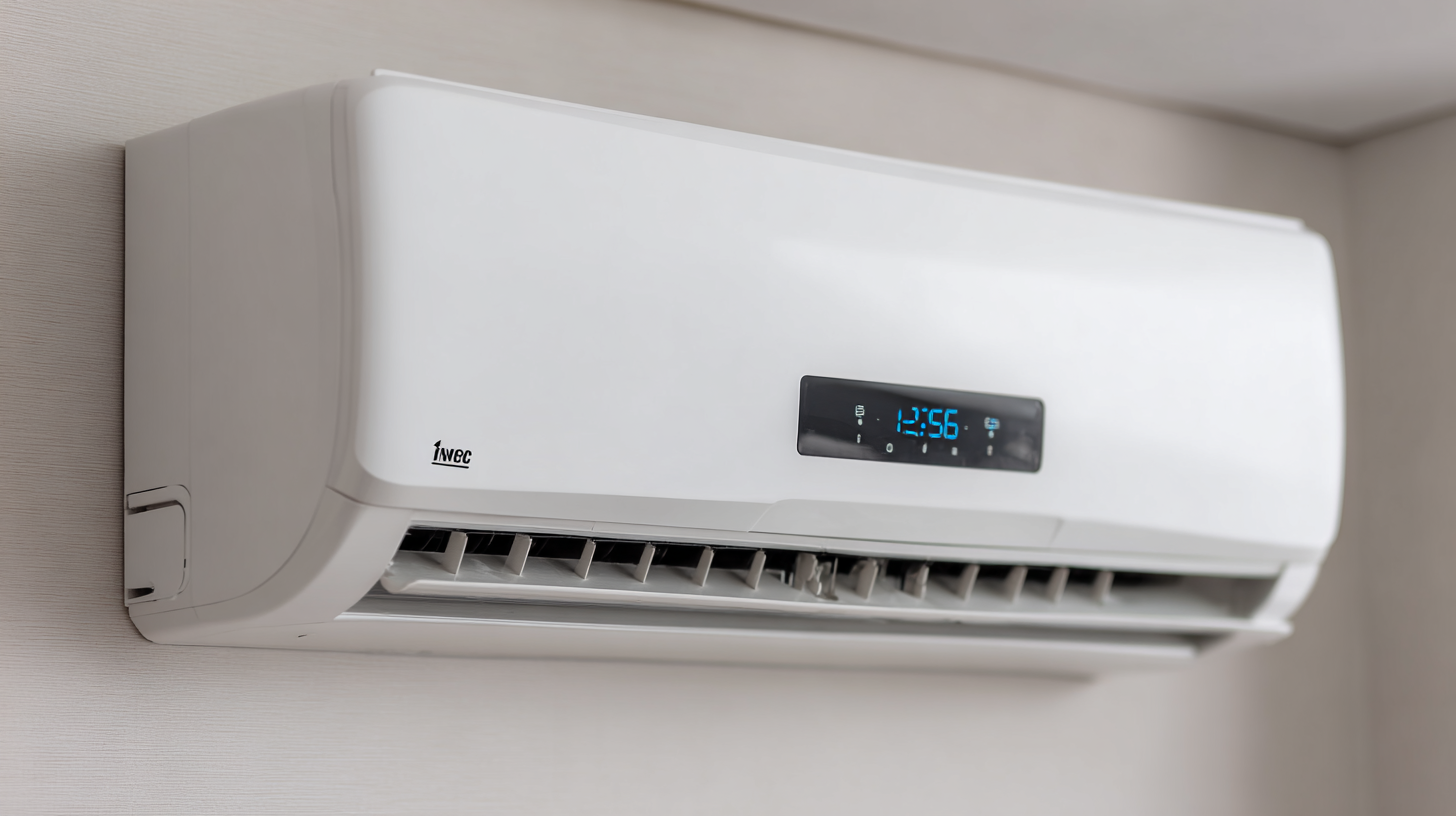
The growing popularity of inverter heat pumps is echoed in consumer products, such as portable air conditioners, known for their powerful cooling and heating capabilities. Recent advancements show that inverter technology can improve the Energy Efficiency Ratio (EER) significantly, making these units suitable for varied climates and consumer needs. By investing in inverter heat pumps, homeowners can experience improved thermal comfort while minimizing their ecological footprint, as these systems are designed to provide efficient climate control across a wide range of conditions. As the demand for energy-efficient appliances continues to rise, understanding the basics of inverter heat pumps is crucial for anyone looking to maximize efficiency in their home.
Inverter heat pumps offer an energy-efficient solution for home heating and cooling, but achieving optimal performance requires attention to temperature settings. According to the U.S. Department of Energy, setting your thermostat to 68°F in winter and 78°F in summer can lead to significant energy savings. Each degree above 78°F in summer can increase cooling costs by roughly 3-5%, while lowering it below 68°F in winter can raise heating bills by approximately 6-8%. This highlights the importance of maintaining optimal temperature settings for maximizing energy savings.
One effective tip is to make use of programmable thermostats that adjust temperatures automatically based on your schedule. By setting the heat pump to lower temperatures during non-peak hours or while you're away, you can efficiently reduce energy consumption without sacrificing comfort. Furthermore, ensuring good insulation in your home can complement these efforts; the Energy Efficiency Guide suggests that proper insulation can prevent up to 20% of heating and cooling costs.
Another valuable strategy is to regularly maintain your inverter heat pump by cleaning filters and checking for leaks, which can enhance its performance. A well-maintained system is crucial for maintaining efficiency and extending the lifespan of the unit. Energy Star reports that neglected systems can lose up to 5% efficiency per year, emphasizing the necessity of routine upkeep to maximize both comfort and energy savings.
This chart illustrates the energy savings and efficiency of inverter heat pumps based on different temperature settings. The optimal temperature setting yields lower energy consumption and higher savings compared to standard settings.
Regular maintenance of inverter heat pumps is crucial for enhancing their performance and longevity. A thorough maintenance routine should include tasks such as cleaning or replacing filters, checking refrigerant levels, and inspecting electrical components. Clogged filters can significantly reduce airflow, leading to inefficient energy use and higher bills. Therefore, ensure that filters are cleaned monthly or replaced seasonally to keep your system running smoothly.
In addition to filter maintenance, it’s important to perform a yearly professional inspection. During this inspection, a qualified technician can identify potential issues before they become major problems. They will check the heat exchangers, ensure proper refrigerant charge, and evaluate the overall health of the system. Regular checks not only improve efficiency but also help in extending the lifespan of your heat pump, ensuring that it operates effectively for many years. Small, proactive steps in maintaining your inverter heat pump can make a substantial difference in its performance and durability.
| Tip No. | Maintenance Routine | Frequency | Impact on Efficiency |
|---|---|---|---|
| 1 | Check and Clean Air Filters | Monthly | Improves airflow, enhances energy efficiency by up to 15% |
| 2 | Inspect Refrigerant Levels | Quarterly | Maintains optimal cooling/heating performance |
| 3 | Clean Condenser and Evaporator Coils | Every 6 Months | Boosts heat transfer efficiency by 20% |
| 4 | Test Thermostat Calibration | Annually | Ensures accurate temperature control, optimizing energy use |
| 5 | Inspect Ductwork for Leaks | Annually | Reduces energy waste, improving overall system efficiency |
| 6 | Ensure Proper Drainage | Monthly | Prevents breakdowns and maintains effective operation |
| 7 | Professional System Check | Annually | Identifies potential issues, prolongs lifespan |
Smart thermostat integration is revolutionizing the heating and cooling industry, particularly when used with inverter heat pumps. According to the U.S. Department of Energy, homes equipped with smart thermostats can see energy savings of up to 10-12% per year on heating bills alone. These devices allow users to program schedules, adjust temperatures remotely, and track energy consumption, making them an essential tool for enhancing the efficiency of inverter heat pumps.
Inverter heat pumps already offer variable speed compressor technology, which adjusts power according to the heating or cooling demand, resulting in reduced energy usage. By integrating a smart thermostat, these systems can operate even more efficiently. A study by the Environmental Protection Agency highlights that pairing smart thermostats with inverter heat pumps could lead to overall energy savings of 20% or more, significantly lowering operational costs while providing consistent indoor comfort. As such, the combination of smart technology and inverter systems not only promotes sustainability but also encourages homeowners to make informed energy choices, enhancing overall system performance.
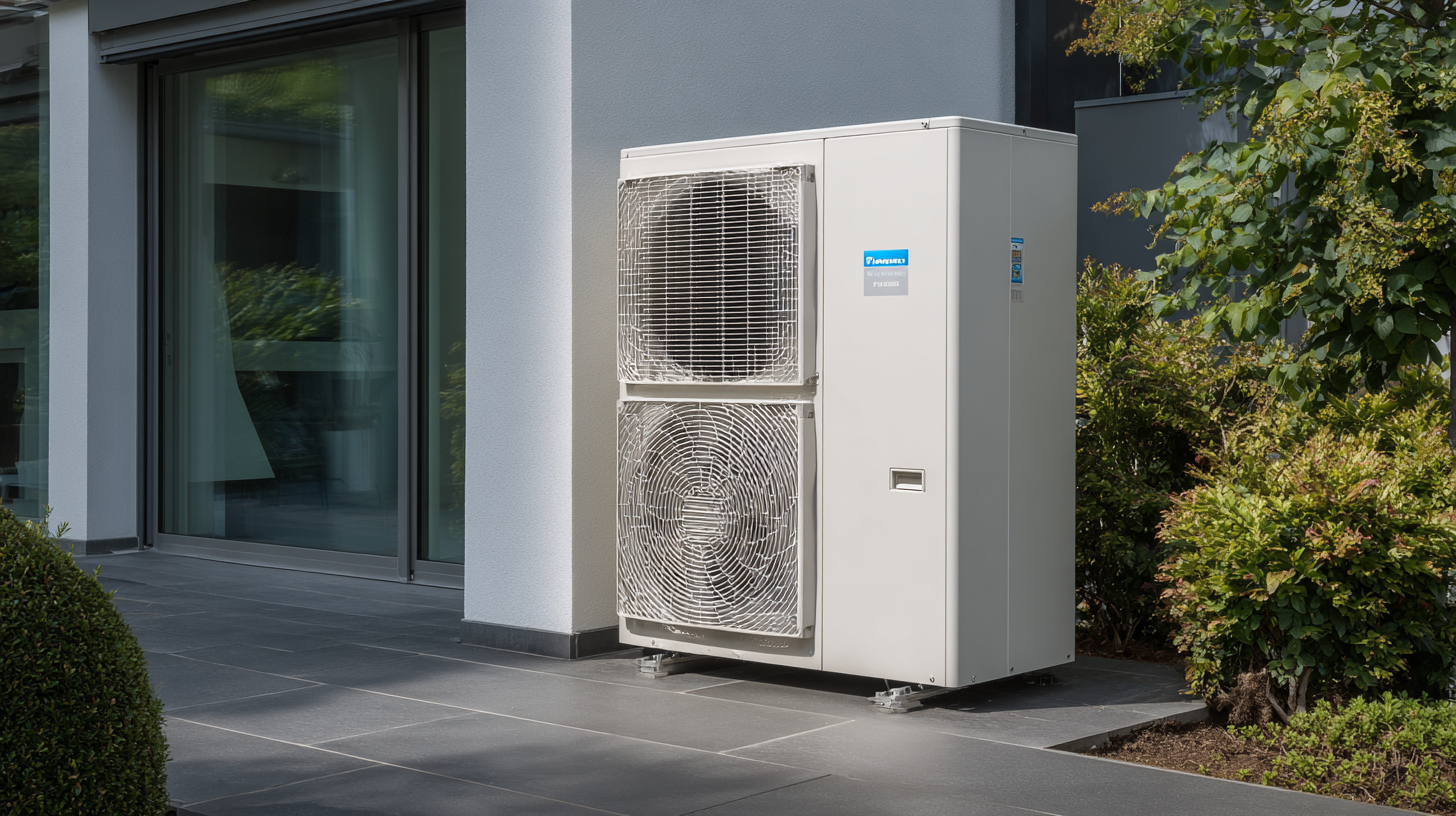
Zoning systems are an effective way to enhance the comfort and efficiency of inverter heat pumps in any home. By dividing your living space into different zones, you can tailor heating and cooling to specific areas based on usage and occupancy. This targeted approach not only improves comfort by ensuring that every room maintains the desired temperature, but it also significantly cuts down on energy costs. With zoning systems, you are no longer heating or cooling unused spaces, allowing your inverter heat pump to operate more efficiently.
Implementing a zoning system typically involves the use of smart thermostats and dampers that regulate airflow. This technology allows homeowners to set different temperatures for various zones, which can be especially beneficial in larger homes or multi-story buildings where temperature preferences can vary. Moreover, modern zoning systems often come with remote access features, enabling you to adjust settings from your smartphone. By optimizing how your inverter heat pump operates, you can achieve a more comfortable living environment while also maximizing energy savings.
